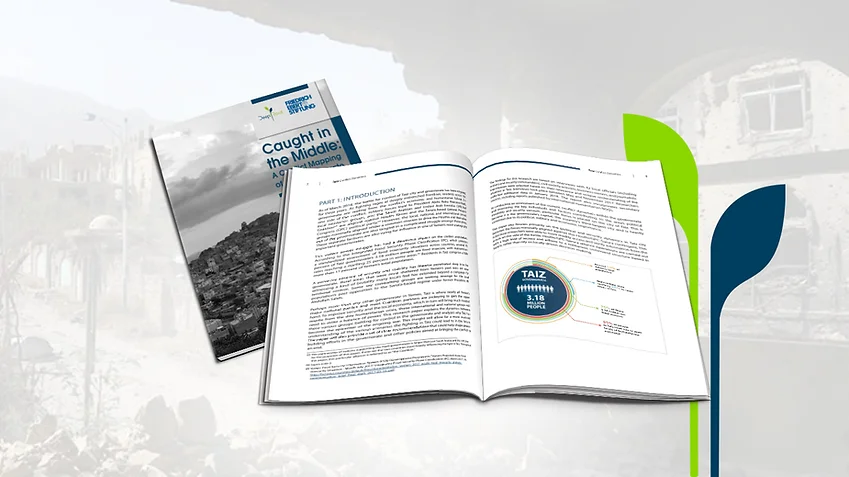For over three years residents of Taiz have been suffering from among the most destructive and pervasive local conflicts in Yemen. Strategically located between the warring sides’ capital cities and of particular economic and political importance, Taiz is one of the epicenters of the worst humanitarian catastrophe on earth. The Houthis, in partnership with the Sana’a-based General People’s Congress, have imposed a siege on the city since early in the conflict, impeding the flow of goods and civilians and bringing Yemen’s once bustling ‘cultural capital’ to a standstill.
As the frontlines became entrenched and the diverse strategic interests of the national political parties and Coalition member states diverged, the composition of nominally Hadi-aligned groups so too has shifted. Outside the operational control of the Hadi military, represented in Taiz by the Taiz Axis, UAE-led forces are active along the west coast, and Salafi leader Abu Al-Abbas continues to independently govern territory inside the city. As a result, the Hadi-appointed local authority has faced recurring impediments to carrying out much-needed security and economic reforms within its area of control.
DeepRoot’s latest publication, “Caught in the Middle: A Conflict Mapping of Taiz Governorate,” provides insight into the dynamics of the local conflict. Supported by Friedrich-Ebert-Stiftung (FES), researchers conducted dozens of interviews with a variety of Taiz-based political and military officials, as well as civil society activists, in order to arrive at a more nuanced understanding of the internal divisions within the Hadi camp, and the economic, humanitarian, and social costs of the fighting. The report concludes with a set of recommendations for local and international stakeholders, and a summary of the potential directions the battle may proceed in.
